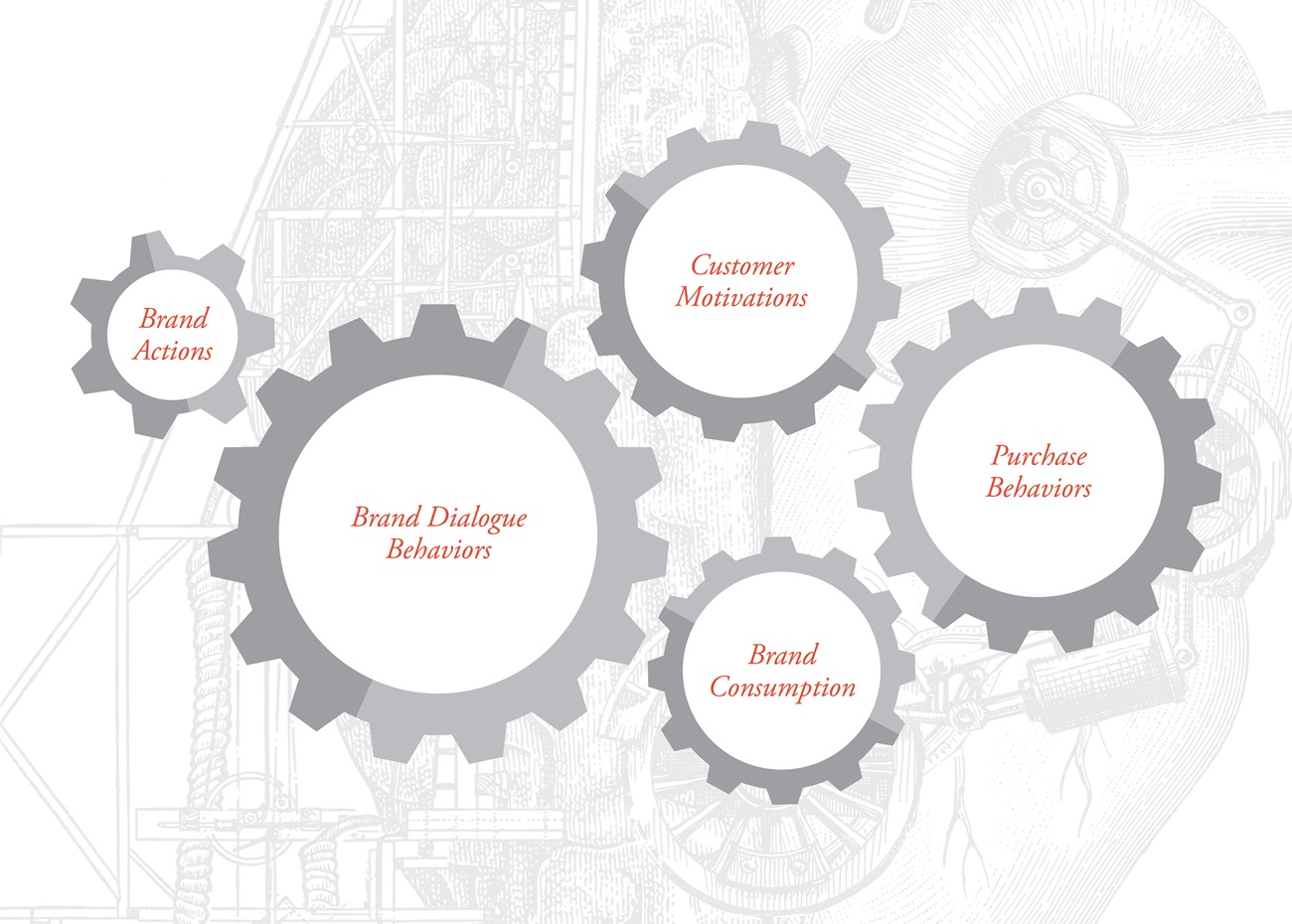
A few digital marketing tools that allow marketers to respond more precisely to the needs and conversations of their consumers are:
- User-Generated Content
- Personalized Messaging
- Social Engagement
- Unique Targeting
- Specialized Ad Serving
User-Generated Content can increase brand engagement and drive conversion rates as people discover your brand. People trust other people far more than they trust companies. A vast majority of shoppers report that user-generated content influenced their decision to purchase more than any other form of advertising.
Personalized Messaging is the process of using data to deliver brand messages targeted to an individual prospect. An Instapage article reported that in an Epsilon survey of 1,000 consumers aged 18-64, 80% say they are more likely to do business with a company if it offers personalized advertising experiences.
Social Engagement means providing content that consumers actually want to engage with by liking, commenting, and sharing.
Examples of Unique Targeting include Google-provided new audiences/topics or intersecting a specific audience segment with location data such as zip codes or custom-drawn polygons around certain locations.
Specialized ad serving may be in the form of outcomes-based text campaigns to reach our audience or by using new dynamic ads to resonate better with a target audience. Both of these types of specialized ad-serving technologies help make the content more relevant to users within the same campaign.
Williams Randall is utilizing many of these marketing tactics in our media plans and we will continue to expand on those tactics in 2022. With lots of emerging tech and new ways to reach audiences with relevant content, we are always researching new methods to help get better results for our clients.




For many decades, marketers have used the metaphor of a funnel to describe engagement with consumers. The most well-known version of the funnel used the acronym AIDA, which stands for attention, interest, desire, and action. Having been in use since 1898, AIDA has served marketing well for a long time, but the influx of social media use over the past 20 years means the metaphor of a linear funnel no longer describes what is happening in the real world today.
Enter the Medill IMC Spiegel Research Center at Northwestern University. After extensive research into consumer behavior, Speigel proposed that the metaphor that makes most sense today is an engine, with each cog affecting and being affected by all the other cogs. They have called this model the Consumer Engagement Engine.
Their model below shows, for example, that Brand Actions such as advertising can influence what consumers are saying (Brand Dialogue Behaviors). But it also says Brand Actions should be influenced by those consumer conversations. That type of reciprocal communication can be facilitated in powerful ways using digital marketing.